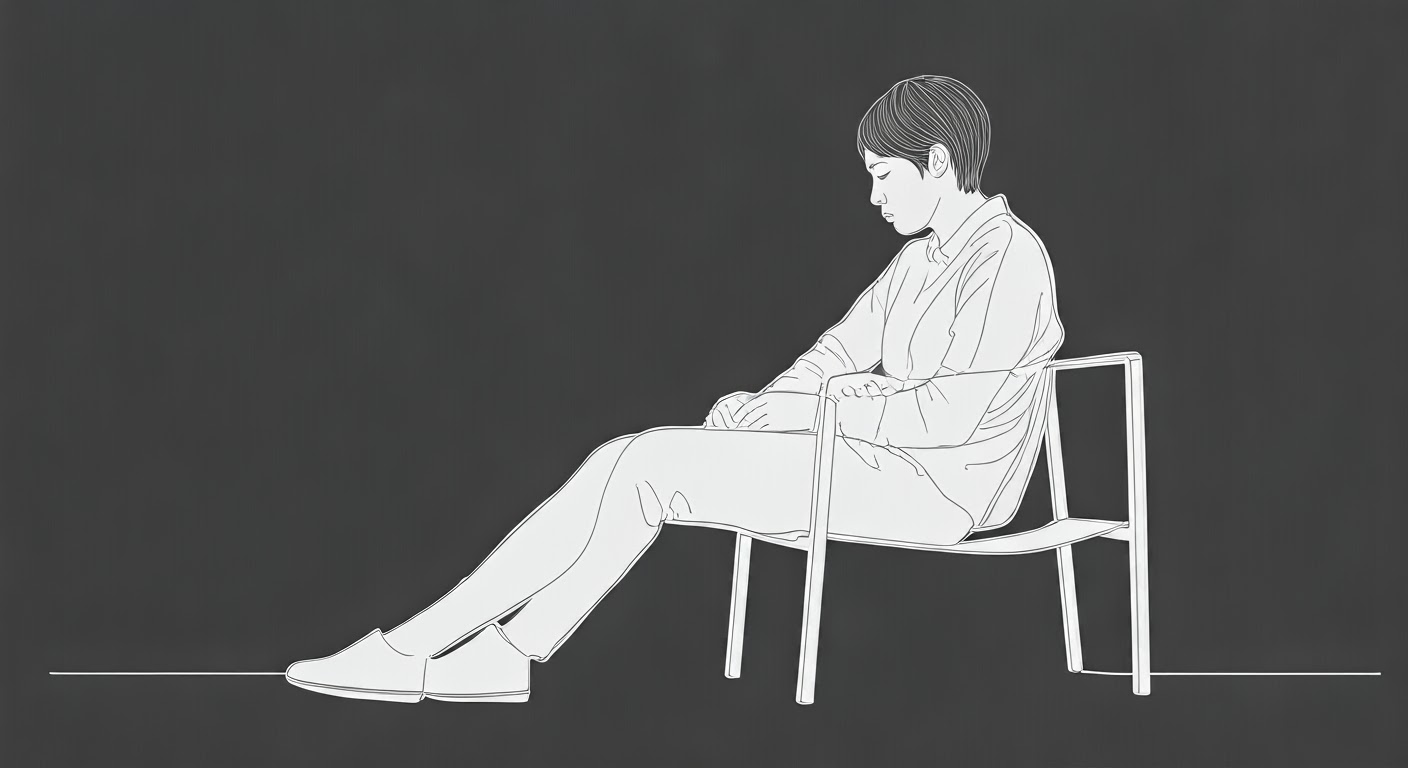Living with fibromyalgia can be an overwhelming experience, both physically and emotionally. While symptoms like chronic pain, fatigue, and cognitive difficulties are commonly discussed, one less-talked-about challenge is the loss of interest in activities that once brought joy. This phenomenon, often linked to fibromyalgia, can significantly impact mental health and overall well-being. In this article, we will explore the connection between fibromyalgia and loss of interest, its underlying causes, and strategies for coping.
Understanding the Link Between Fibromyalgia and Loss of Interest
Fibromyalgia is a complex condition characterized by widespread pain, fatigue, and sleep disturbances. However, its effects extend beyond the physical realm, often leading to emotional and psychological challenges. Loss of interest, or anhedonia, is a common experience among those living with fibromyalgia. Here’s why:
1. Chronic Pain and Fatigue
The constant battle with pain and exhaustion can drain energy and motivation, making even enjoyable activities feel like burdensome tasks. Over time, this can lead to a sense of detachment and disinterest in hobbies, social events, or personal goals.
2. Emotional Impact
Fibromyalgia is closely linked to mental health conditions like depression and anxiety. Both conditions are known to contribute to anhedonia. The emotional toll of managing a chronic illness can exacerbate feelings of hopelessness and disinterest.
3. Cognitive Dysfunction
Commonly referred to as “fibro fog,” cognitive difficulties can make it challenging to concentrate or engage fully in activities. This can lead to frustration and a gradual withdrawal from pursuits that require mental effort.
4. Social Isolation
The unpredictable nature of fibromyalgia symptoms can make maintaining social connections difficult. Isolation can lead to feelings of loneliness and a decreased interest in social interactions.
How to Cope with Loss of Interest
While the loss of interest can feel disheartening, there are strategies to help reclaim a sense of purpose and joy. Here are some practical ways to cope:
1. Acknowledge Your Feelings
It’s important to recognize and validate your emotions. Loss of interest is a natural response to the challenges of living with fibromyalgia. Accepting this as part of your journey can be the first step toward healing.
2. Start Small
Reintroduce activities gradually. Choose low-energy, low-pressure hobbies, such as listening to music, coloring, or gardening. Small, manageable steps can help reignite your interest over time.
3. Seek Professional Support
A therapist or counselor can provide valuable tools to address the emotional and psychological aspects of fibromyalgia. Cognitive-behavioral therapy (CBT), in particular, has been shown to help manage symptoms of depression and anhedonia.
4. Practice Mindfulness
Mindfulness techniques, such as meditation or deep-breathing exercises, can help you reconnect with the present moment. This practice can enhance your awareness and enjoyment of simple pleasures.
5. Connect with Others
Joining a support group—either in-person or online—can provide a sense of community and understanding. Sharing experiences with others who face similar challenges can be uplifting and inspiring.
6. Focus on Self-Care
Prioritize activities that promote relaxation and self-compassion. Warm baths, gentle yoga, or a quiet walk in nature can help ease stress and create a sense of well-being.
7. Set Realistic Goals
Adjust your expectations and set achievable goals. Celebrate small victories, such as completing a short task or spending a few minutes on a hobby. These successes can build momentum and boost motivation.
When to Seek Help
If the loss of interest persists or worsens, it’s essential to seek medical or psychological support. Depression is a common co-occurring condition with fibromyalgia, and professional intervention can make a significant difference. Talk to your healthcare provider about treatment options, which may include therapy, medication, or lifestyle changes.
Conclusion
Loss of interest is a challenging yet manageable aspect of living with fibromyalgia. By understanding its causes and implementing strategies to cope, it is possible to reclaim a sense of purpose and joy. Remember, you are not alone in this journey. With patience, support, and self-compassion, you can navigate this difficult aspect of fibromyalgia and find meaningful ways to reconnect with the things that bring you happiness.

Click Here to Visit the Store and find Much More….
For More Information Related to Fibromyalgia Visit below sites:
References:
Fibromyalgia Contact Us Directly
Click here to Contact us Directly on Inbox
Official Fibromyalgia Blogs
Click here to Get the latest Chronic illness Updates
Fibromyalgia Stores









